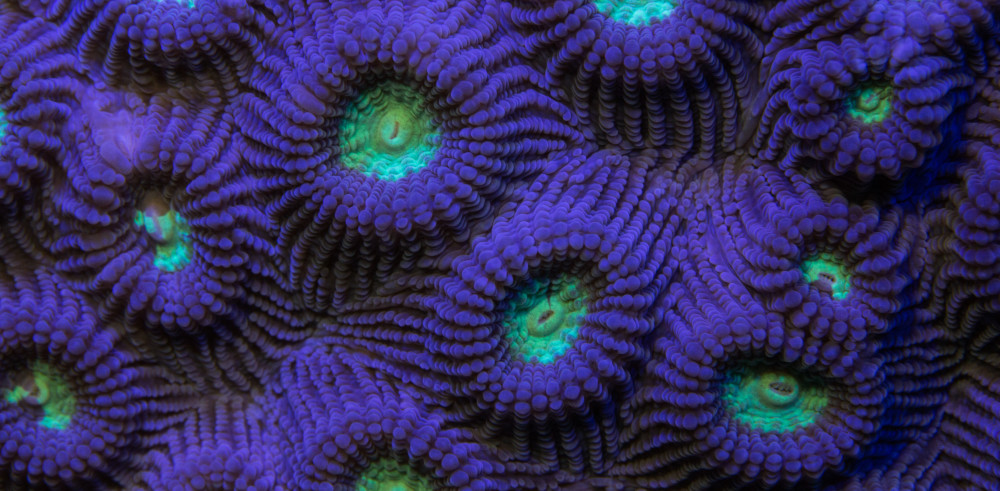
Meet Zerocare, A blueberry hermit crab found adapting with a discarded plastic twist top cap.

The hermit crab was offered an assortment of shells. Zerocare made the switch into the donated seashell ” Zerocare MTS4N 282 ”

I photographed the shy hermit crab in its new home, then released it back into the wild. Happy Crab – Happy Home!

I now keep all the twist top caps that were used by hermit crabs. I currently have 105 caps that have been traded for shells ( #MTS4N Trading Plastic 4 Shells Collection )

As you can see our trash is a serious problem on our shorelines. Some organizations are doing great things making a difference but it’s not enough, We must all work together worldwide and attack this problem. We all have the ability to make a difference by reducing the amount of single-use items we use daily. Change can be difficult but I challenge you to make the switch 4 nature.

Would you like to give back to nature? Please support our Hermit Crab Conservation Project. MakeTheSwitch4Nature
Listen to podcast 753 Interview, discussing the hermit crab conservation project. Martin Bailey Photography
Thank you ZEROCARE for your support, You are making a difference by providing sustainable options and Protecting Our Oceans. Keep up the Great work!
Do you have any seashells collecting dust at home? if so, consider donating them to the #MTS4N Project
Please consider making a small donation to support the mission
Have an Awesome day! Shawn Miller
























































































